Welcome to the second installment of Alliant’s “Doing More with Less” series, designed to help marketers make the most of their limited budgets and resources in a time of economic uncertainty. Previously we’ve explored cross-channel audience activation and here we’re addressing how data cooperatives help marketing organizations make the most of first-party data assets.
Today’s marketers understand that first-party data can lend a competitive advantage. Some organizations are further along the path of building this strategic asset than others, but wherever a brand is in the journey, it’s important to know there’s no finish line. Data acquisition and maintenance requires constant attention, and even brands with the most advanced first-party data initiatives will find themselves facing limitations.
That’s where collaboration comes in.
The concept of collaboration within today’s data-driven marketing ecosystem has come to the fore with the rise of data clean rooms and similar SaaS platforms. Independent players such as Snowflake, and major tech titans including Google and Amazon, are now offering services they say are designed to help companies quickly share and amplify the power of their first-party data in a secure way.
Here’s the challenge: Even if the technical implementation of clean rooms is easy (which recent press suggests isn’t always the case), marketers still need to set up commercial terms with each individual partner. The expenditure of business resources to stand up and get value from these collaborative partnerships can add up quickly.
There is another way that often doesn’t capture the headlines but is just as powerful.
Enter Data Cooperatives
Data cooperatives are the originators of data collaboration yet are often overlooked in today’s first-party data conversations. For marketers looking to do more with less, this needs to change. Data cooperatives can deliver on the promise that other collaboration models can’t, while reducing strain on internal resources. In fact, data cooperatives can even expand the level of resources available to marketing organizations because they bring expert data strategists, engineers, scientists and more to the table.
The give-to-get model of cooperatives, in which brands contribute to a shared data pool in order to benefit all members with expanded and enhanced insights, can give marketers pause in today’s regulatory environment. However, data is protected with privacy-preserving technology and processes similar to when data is shared with clean rooms. When brands work with a trusted data cooperative partner, many find that they're able to fortify their data, expand it, and actually improve compliance efforts with cleaner data.
How Cooperatives Extend First-Party Data
In addition to serving as a less-resource-intensive method of enabling data collaboration, cooperatives offer marketers numerous other ways to extend the value of first-party data. Here are some of the key benefits they unlock.
Improved identity resolution and hygiene. Data cooperatives help marketers improve the cleanliness of their first-party data through identity resolution. Matching processes deduplicate records and update inaccurate or outdated information on behalf of brands. For example, Alliant proactively monitors data integrations and often identifies issues before a brand does, providing recommendations on how to resolve.
Increased match rates in different platforms and environments. Brands must be able to integrate their data into different platforms across social, TV, programmatic and more. However, that requires integrations with, or the ability to match to, many different identity frameworks to activate data. Many brands do not currently have that capability at scale. They might be able to create a sizeable audience in one channel, but not another. With a data cooperative, brands can gain access to the expansive distribution networks, including all leading identity frameworks. One cooperative ID serves as a bridge to many, therefore maximizing the size of first-party audiences across a brand’s entire marketing mix.
Collaboration, without contracts. As noted earlier, when working with a clean room or other software solution, brands still need to establish business terms with partners. A cooperative immediately opens up access to shared assets and enables direct member-to-member engagements. That means members can benefit from things like overlap analysis, analytics and enrichment, without complicated one-off contractual setups.
Fill in the gaps. Even the most scaled first-party data will have information gaps and deteriorate over time. Likewise, marketers’ views (and resulting first-party data) of their customers are naturally limited to engagements with the brand itself. That’s where a cooperative is particularly helpful. An ongoing enrichment service will fill these information gaps and keep data fresh and accurate. It can also enable additional segmentation and analysis that would otherwise be impossible.
As marketers explore data collaboration opportunities, they should consider data cooperatives as potentially the most cost effective and resource efficient path forward. At a time when marketers are being tasked to do more with less, data cooperatives can help amplify the power of their first-party data and navigate the challenges that come with the fast-moving, ever-evolving marketing landscape.
Ready to get started? We’re here to help! Contact our Alliant team here.




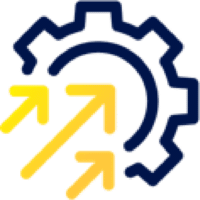


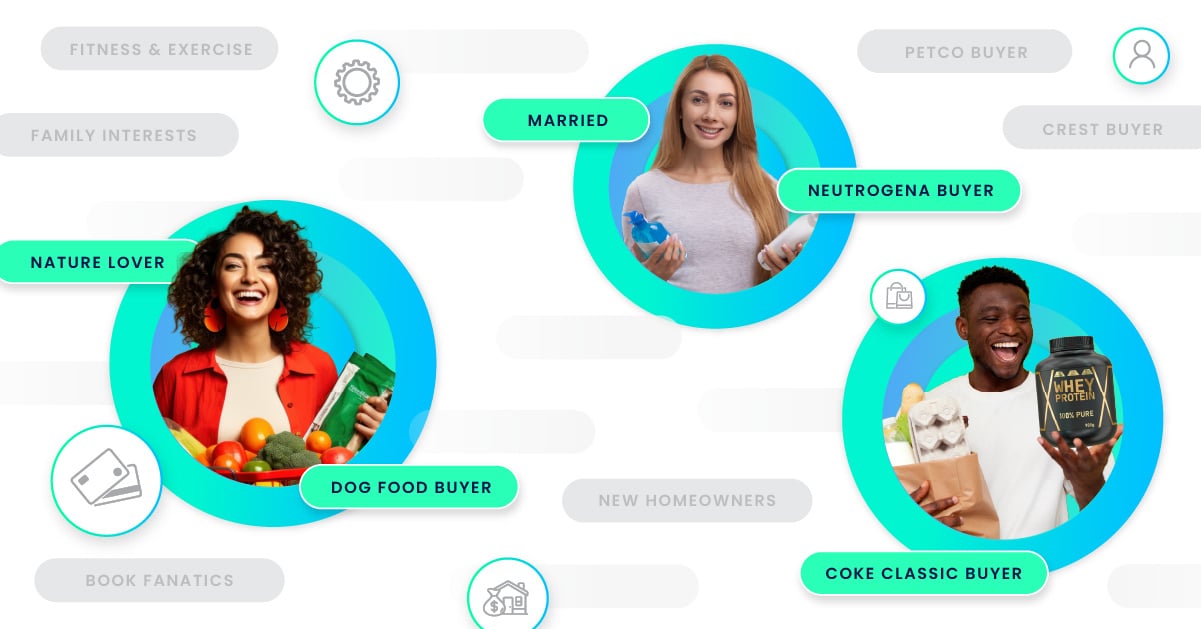







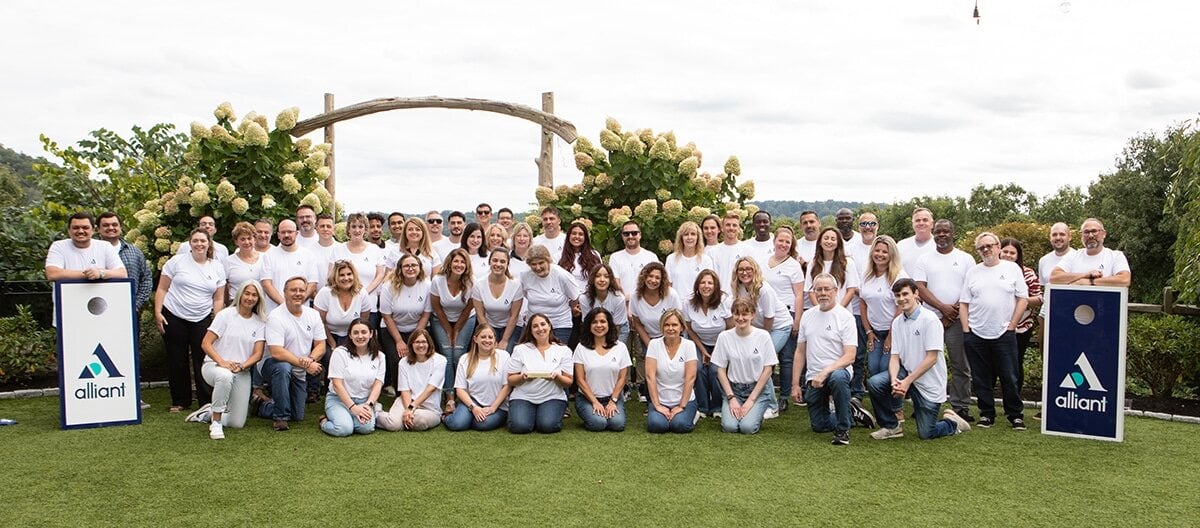



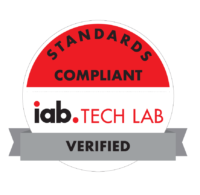
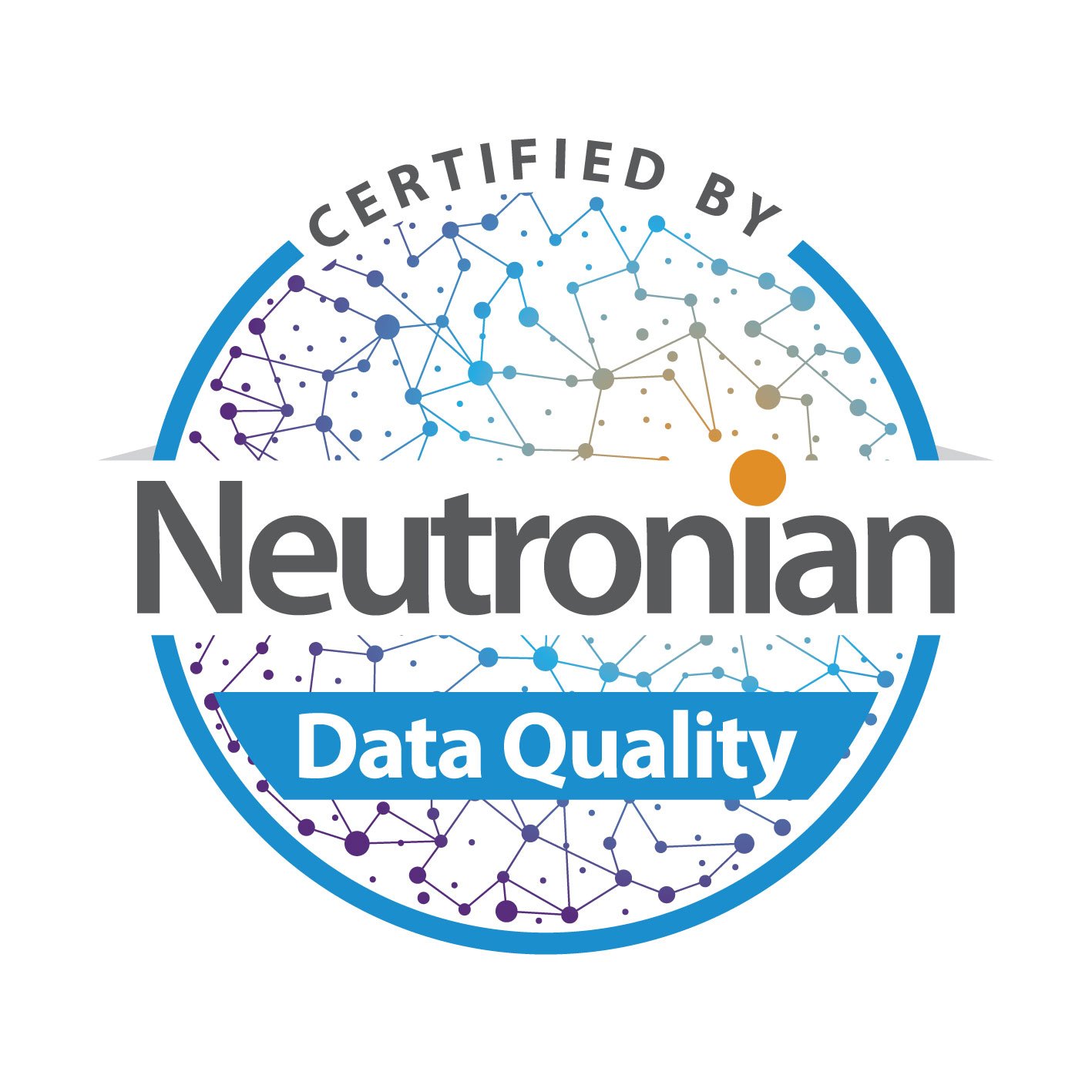
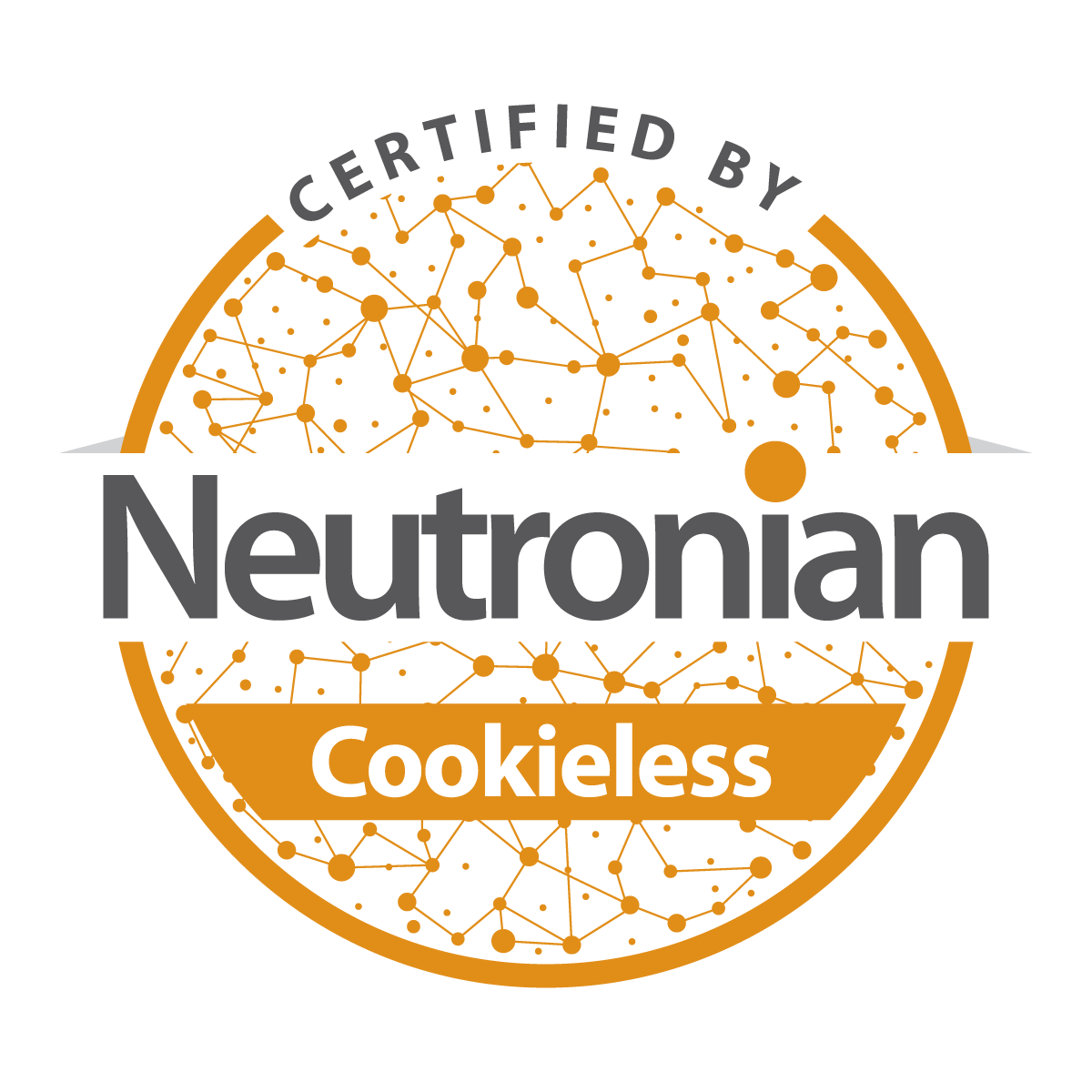
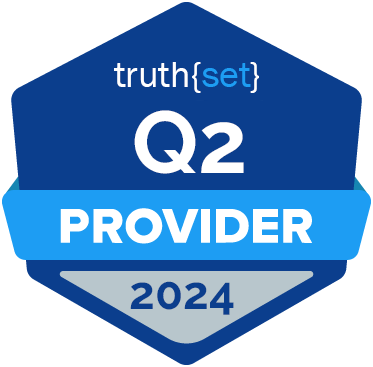


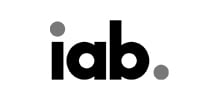


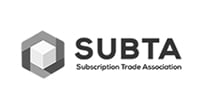
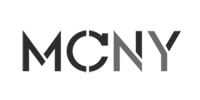
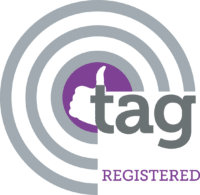
Submit a Comment